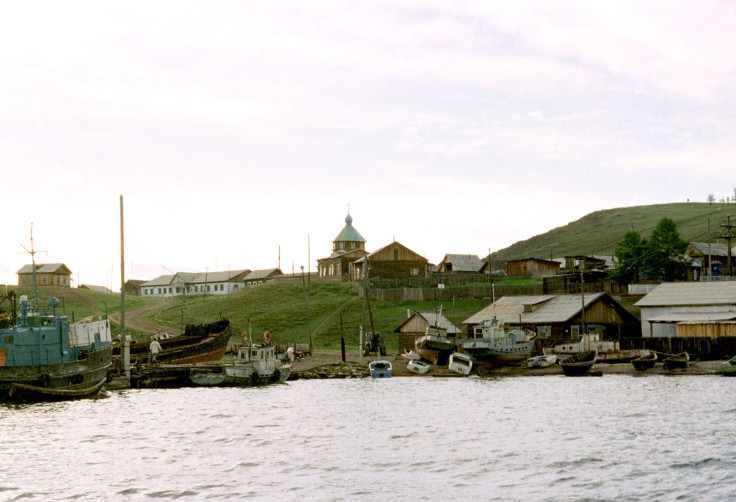Medieval weapons foundry discovered near Lake Baikal; ‘Unique’ ancient furnaces point at advanced technology

Archaeologists have discovered a medieval forge that dates back to about A.D. 1,000 near Lake Baikal in Russia. Remote sensing at the spot revealed the presence of two underground structures that were stone furnaces for making weapons.
“We are lucky to find this. Firstly, we managed to find and save these unusual remains of ancient metallurgy from destruction. Secondly, we found evidence of advanced metallurgical technology dating back to around 1000 AD. We will get a more precise age of the finds after radiocarbon analysis,” Kharinsky told The Siberian Times.
The site where the medieval weapons foundry has been discovered is a road frequently used by tourists to travel to Lake Baikal. Members of the team, led by Irkutsk National Research Technical University's Artur Kharinsky, stumbled upon slag on the surface of the road. The stone furnaces may have been used to smelt iron ore for arrowheads, knives, quiver hooks, belt buckles, sickles, stirrups and harnesses.
The furnaces were used for advanced metal production. It is likely that the forge was used by medieval Turkic-speaking Kurykan people. They were known for being expert blacksmiths. The archaeologists also discovered parts of clay cover, pieces of ore and slacks that proved the “existence of a metallurgical workshop.”
The site is strategically located on a hit, a dozen kilometres from the lake for optimum wind flow needed for the combustion process. The discovery highlights a very sophisticated metallurgical development than previously known for this period. The furnaces are from the oldest in this part of Siberia.
“Judging by the amount of iron, which can be produced with such forges, the locals managed not only to meet the needs of their own territory, but also to export production to neighbouring areas ... It is obvious that the people who lived here, despite all the migration processes, managed to keep, pass on, and improve the metallurgical technologies from generation to generation,” Kharinsky added.
The latest find shows very advanced technology and archaeologists found that the region’s metallurgical traditions are rooted in much more ancient times.





















